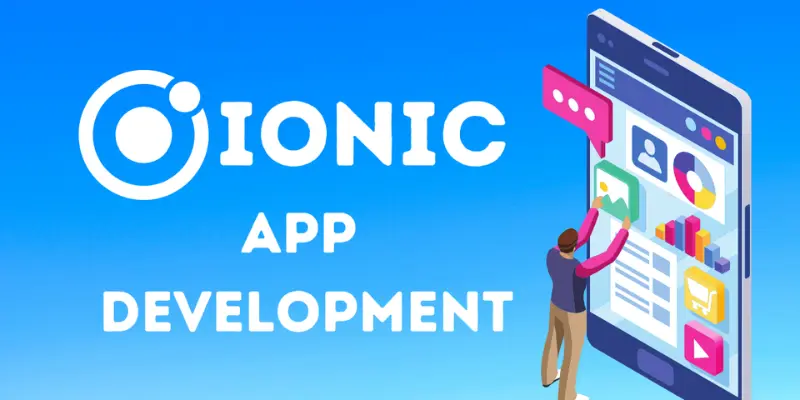
Managing the state of web applications is crucial for maintaining a seamless and consistent user experience. In Ionic applications built on Angular, state management can be both straightforward and complex depending on the application’s needs. This blog explores various strategies for managing state in Ionic applications, helping developers choose the best approach for their projects. Ionic Training in Chennai offered by FITA Academy provides valuable insights and hands-on experience in mastering state management techniques, making it a great resource for anyone looking to deepen their understanding of these concepts.
Understanding State Management
State management refers to how an application handles and persists data throughout its lifecycle. In Ionic applications, managing user sessions, form inputs, or application-specific data shared between different components or pages can involve state management. Through efficient state management, consistency in the application’s state and ease of manipulation are ensured.
Local State Management
Local state management might be sufficient for simpler applications or components that do not need to share state across multiple pages. This can be achieved using Angular’s built-in features:
- Component Properties: Use component properties to store and manage data within a single component. This is ideal for small, self-contained pieces of state.
- Services: Angular services can manage and share state between components within the same module. By providing a service at the root level, you can ensure its state is accessible throughout the application.
An Ionic Online Course can provide comprehensive training on effective state management strategies, including using component properties and services in Ionic applications.
Global State Management
Global state management solutions become essential for more complex applications where the state needs to be shared across different app parts. Two popular approaches in Ionic applications are:
- NgRx: NgRx is a state management library inspired by Redux and is well-suited for Angular applications. It provides a powerful way to manage the state using a store, actions, and reducers. NgRx can handle complex state transitions and side effects, making it a robust choice for large-scale applications.
- BehaviorSubject: Angular’s BehaviorSubject from the RxJS library can manage the global state for simpler use cases. This approach allows you to create observable data streams that components can subscribe to, making it easy to react to state changes.
State Management Best Practices
When managing state in Ionic applications, consider the following best practices:
- Single Source of Truth: Ensure that your application has a single source of truth for state data. This helps prevent inconsistencies and makes it easier to manage and debug state.
- Keep It Simple: Avoid overcomplicating state management. Choose the simplest solution that meets your needs and avoid introducing unnecessary complexity.
- Use Immutable Data Structures: When possible, use immutable data structures to manage the state. This can help prevent unintended side effects and make state management more predictable.
Effective state management is crucial for building responsive and reliable Ionic applications. Understanding the different strategies available, from local to global state management, is crucial for developers. By applying best practices, they can ensure their applications maintain a smooth and consistent user experience. Whether using Angular services, NgRx, or BehaviorSubject, selecting the right approach for your application’s needs will lead to more maintainable and scalable code. Training Institute in Chennai can provide the necessary guidance and expertise to master these state management techniques, further enhancing your development skills and application performance.
Also Check: How Can I Optimize Performance In Ionic Apps Effectively?